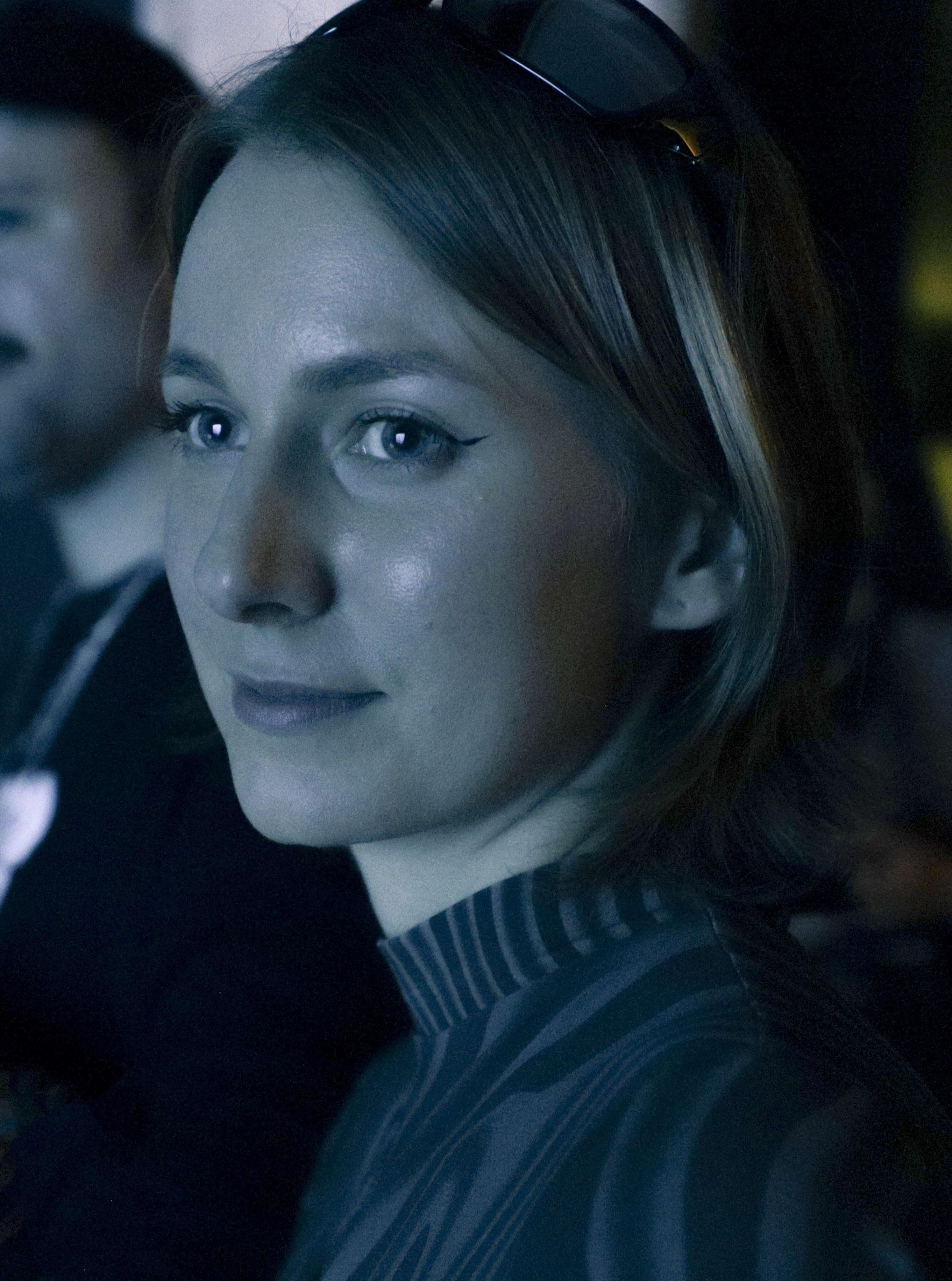SARA BEZOVŠEK
Generazione Critica: Your artistic practice consists of exploiting and recycling an incredible variety of content, videos, images, GIFs, interactive pages, links, as well as different but at the same time complementary media and artistic practices, from collage to game design. Can you tell us where your artistic process originated and how it developed over the years?
Sara Bezovšek: I was never particularly interested in anything creative that I tried – painting, photography, video or even graphic design, which I studied at university. But around 2016, I discovered that I could create collages on the Snapchat app. Both static and video, with emojis and, with later updates to the app, with GIFs and other stickers. I loved making that short, funny and/or aesthetically pleasing content. Then, slowly and carefully, I started to use these techniques, appropriation and remix, in my school projects. But I was always taught that appropriating other people’s content was illegal. So I decided to really look into it, I wrote my master’s thesis on appropriation and remixing, and came to the conclusion that if I make large scale collages, that don’t particularly highlight only one or a few images, but that all the content creates a bigger picture and somehow just blends together, that it all has to be in that exact spot, so that I can tell my story, I could pass the not citing every image that I took (the citing prowed to be basically impossible). And that’s why I think that my works can be considered fair use.
So one aspect of the development was definitely trying to respect the law as much as possible while still trying to find my voice.
GC: Overpopulation is part of a very complex body of work entitled SND. An Interactive Story Game. It consists of a main webpage, You Are Here, and extends through multiple subpages, SND ( You Are Here), Human Extinction, Evacuate Earth, False Utopia, Nuclear Winter, Through The Wormhole, and Overpopulation, each of which leads the viewer to experience likely more or less apocalyptic futures, or false utopias. This work is very reminiscent of the so-called book games, but also of interactive video games based on non-linear storytelling, such as those created with Twine. How did the project come about, where did the idea of creating such a complex work come from? Moreover, why did you choose to adopt the format of an interactive webpage?
SB: Before I even finished the first one, which was later titled You Are Here, I was already working on the other subpages. That was because I couldn’t fit everything I wanted in just one huge scroll, since it would be just too big and impossible to go through, so I had to eliminate some themes. And from the discarded topics new pages came to life. But then I had to connect the now separated topics in a meaningful way, and I remembered the interactive story books which I loved growing up, and it just seemed like the perfect solution for my problem.
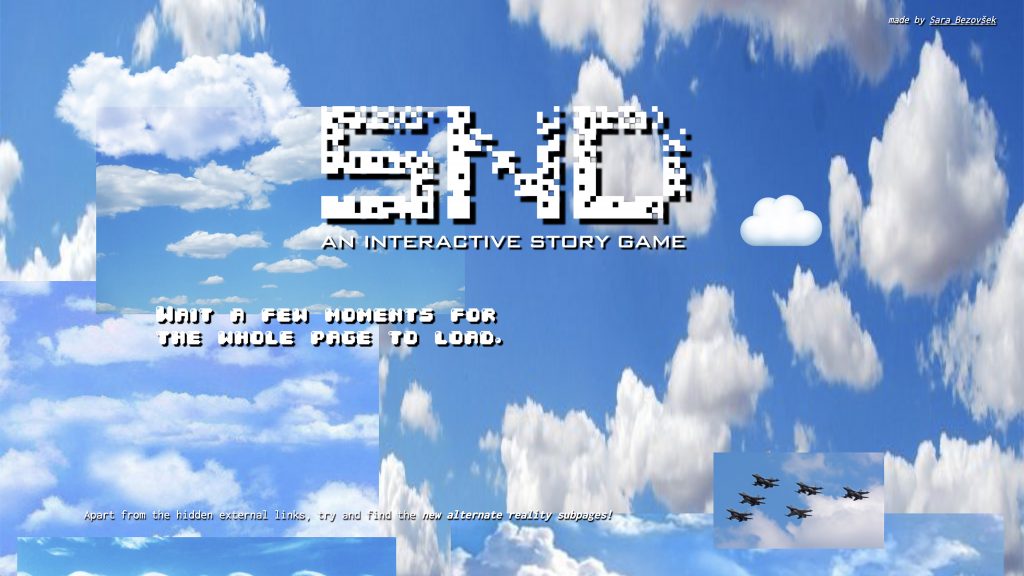
© Sara Bezovšek, SND (You Are Here), 2021, screenshot of the webpage, courtesy the artist
GC: Would you mind telling us about your process of sampling the visual and interactive elements that you subsequently insert into the different story’s branches and their pages?
SB: I usually pick a theme that I don’t yet know much about, so that I can really fall into the research. I read, watch movies, collect images, GIFs, etc, and at the same time I slowly just start putting things together. I usually work on two screens, so one is the workstation and the other plays a movie or youtube video.
You could say that the same way I structure my research work is also the way I structure my web pages, which take the viewer through the same train of thought or thought process that I experience when researching a specific topic.
GC: SND’s body of work presents the public with a series of possible apocalyptic and semi-apocalyptic scenarios, in which humanity is doomed to extinction in a variety of ways. The work began in 2020, the year in which the covid-19 pandemic took its toll on the entire world, and 2023 does not look promising. The war in Ukraine broke out a year ago now and is still raging, with a consequent increase in the prices of basic supplies in many countries around the world; the cost of living continues to rise; we are witnessing a gradual privatization of public health with a consequent division between first and second class citizens, those who can afford better care and services and in a shorter time, those who cannot; the extreme right-wing currents are gaining more and more ground; finally, climate change still remains a sword of Damocles that unfortunately continues to be overshadowed. How are you mapping, or how do you plan to map, the situation we are currently experiencing and what future scenarios do you plan to integrate into SND?
SB: Nuclear Winter is about what could happen to the earth after a large-scale nuclear war, and the first version was finished approximately one year ago. It is the only page that I plan on updating, since the nuclear threat, or doomsday clock, is changing drastically.
Right now I’m working on the Dystopias subpage, which will ultimately take the form of an experimental film. The Dystopias website / film is a project that aims to show the viewer different possible dystopian futures for humanity.
The disruptions of humankind, our behaviors, traditions, ways of life, our relationship to nature and the world at large, are themes I have been and will be exploring for years. Environmental issues are at the center of my research, and even though I touch on it often, I have not yet researched anthropogenic climate change. This is one of the themes that I hope, if I have the opportunity, to create in the near future.
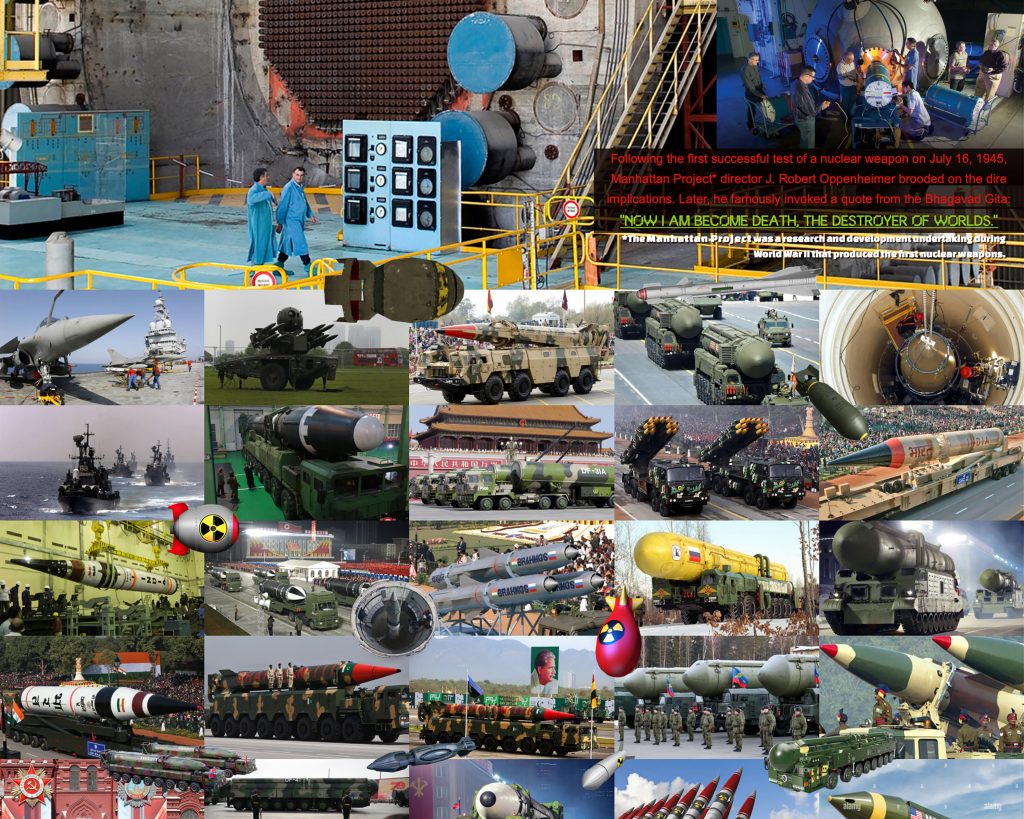
© Sara Bezovšek, Nuclear Winter, 2022, screenshot of the webpage, courtesy the artist
GC: As I was browsing the Utopia sub-page, I noticed an alert, related to one of the videos included, that marked the content as not supported by my browser (I was using Safari). At that point I wondered, from an archival and artwork preservation point of view, how do you properly manage the amount of content featured on each page and how do you keep the pages updated? By the way, this is a theme that many Net Art works and more generally those that originate on HTML pages share, although for example there are video iterations of some of the narrative branches of SND as well as digital prints, right?
SB: Yes, this is a problem that I started to notice and think about when I made my first few websites. I am mostly self-taught, so I made a few mistakes along the way and I am still making them. For now I will leave it as it is, because I like how this ‘problem’ reflects the everyday use of the Internet – some things stop working, some are not accessible in your country, some do not download properly because you do not have a good enough computer or Internet connection.
But I try to check all my sites every few months to make sure that the most important external links and other necessities are working, and try to fix anything that can be fixed.
GC: One of the hyperlinks in your work leads to an article by Michael Shermer in Quartz that reflects on the concept of utopia, highlighting the problematic and dystopian drifts it is actually subject to. In fact, again in your work, there are references to films, such as In Time, The Island, The Truman Show and many others, which portray communities that, to different degrees, try to achieve the ideal of a perfect life. However, each of them ultimately ends in failure. As the article reports, they are “failed social experiments, repressive political regimes, and overbearing economic systems that result from utopian dreams put into practice”. Utopias and dystopias belong to the same coin, and yet, we are constantly searching for possible ‘artificial paradises’. What role do you think the progressive development of artificial intelligence will play in shaping our contemporary media landscape?
SB: This is not really an answer, but I think this quote from the movie The Matrix fits in here:
“Did you know that the first Matrix was designed to be a perfect human world? Where none suffered, where everyone would be happy. It was a disaster. No one would accept the program. Entire crops were lost. Some believed we lacked the programming language to describe your perfect world. But I believe that, as a species, human beings define their reality through suffering and misery. The perfect world was a dream that your primitive cerebrum kept trying to wake up from. Which is why the Matrix was redesigned to this: the peak of your civilization.”
– Agent Smith
I think that AI will play an important role, like the invention of the camera or the computer. It will give rise to new artistic practices and fields, and we will have to adapt and use AI as a tool. However, artificial intelligence must serve people, not corporations. It should be a liberating tool and should not exclude creators from the process.
GC: There are other works of yours, such as A Life of Its Own and The Influencing Machine, which adopt a similar structure to SND. They are both interactive Internet pages resulting from an array of different but absolutely complementary visual and thematic contents and media. Have you ever thought of reflecting on this type of interactive narrative by experimenting with other artistic languages?
SB: In 2021, Dorijan Šiško and I released a video game called What’s Your Truth, which questions the practical effects of postmodern relativism and flirts with the consequences of the fragmentation of social consensus and the proliferation of “truths” that characterize society and politics in the age of the internet.
The design follows the classic analogy of the iceberg, suggesting the ambiguity and cultural-ideological logic of “truths” from which players can choose. Players follow the so-called yellow brick road and embark on a virtual journey from the tip of the iceberg into the depths of different ideologies, confronting them primarily visually. Along the way, the players are accompanied by memes that serve as a kind of road signs, while further contextualising locations and “truths”.
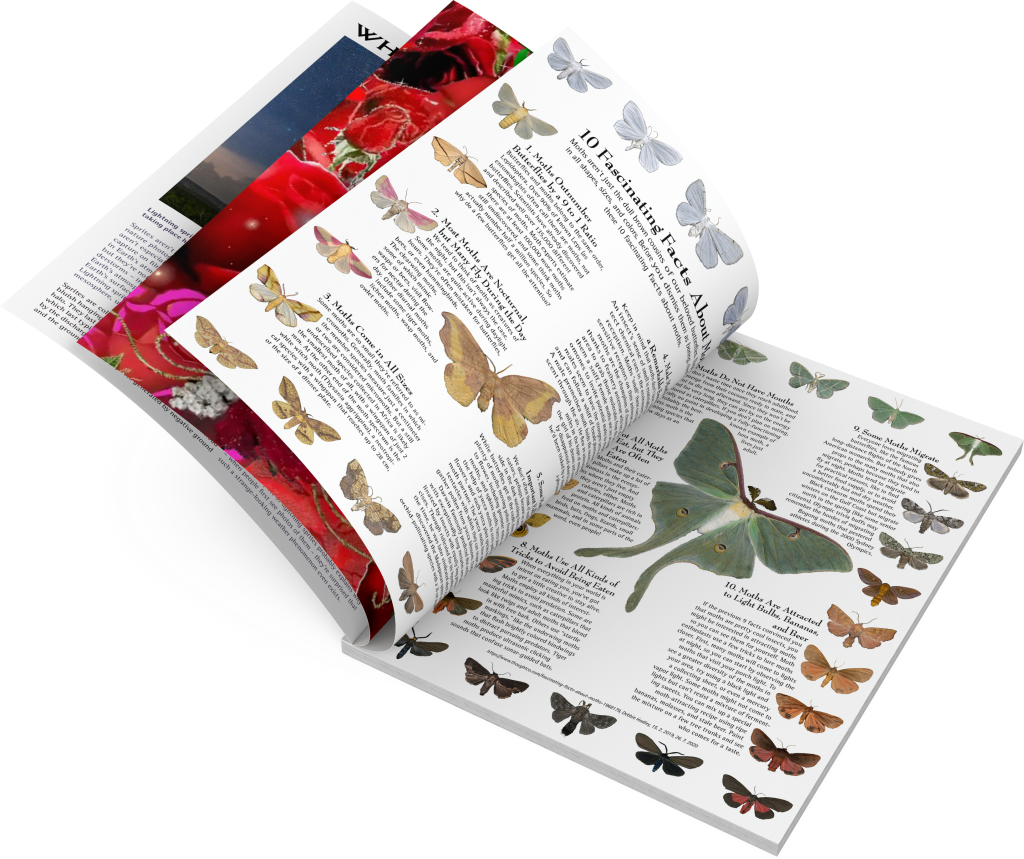
© Sara Bezovšek, Encyclopezine, zine, 2021, mockup, courtesy the artist
GC: Would you tell us about the Encyclopezine zine project published in 2021 and how it relates to your artistic oeuvre? Do you have any plans to publish any new numbers?
SB: I made the Encyclopezine while I was also actively working on the first few SND pages. So it was an experiment to try and make something similar to the SND narrative, but in a different format. The subheading of Encyclopezine is actually Spoznavanje narave in družbe – the acronym of SND which translates to “Introduction to Nature and Society”, the title of a common subject in Slovenian elementary schools. Encyclopezine is based on exploring and discovering various interesting facts about natural and social phenomena, which I collected and edited into my own encyclopedia. Same as most of my webpages it also plucks the viewer from their idyllic starting position and leads them through the horrors of our society only to end the journey in the extinction of the human race.
I like to set up multi-year projects, and always find new topics that would be perfect for the second issue. So I will definitely publish at least one more.
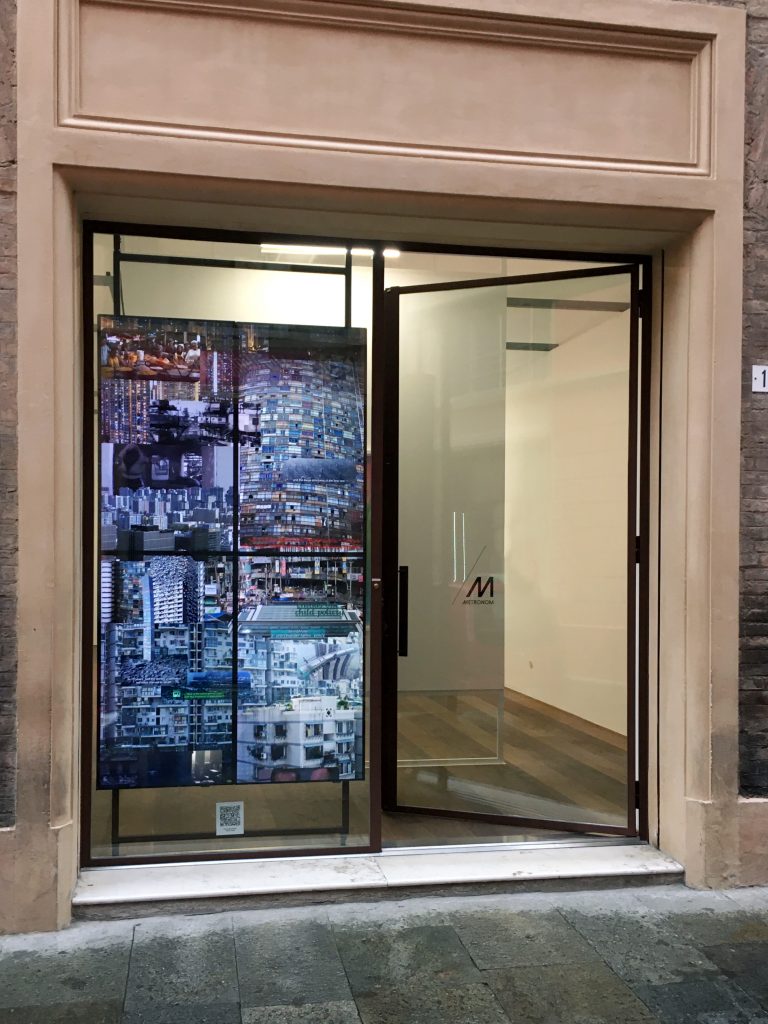
© Sara Bezovšek, Overpopulation, 2023, Installation view at Metronom, Modena, Italy

